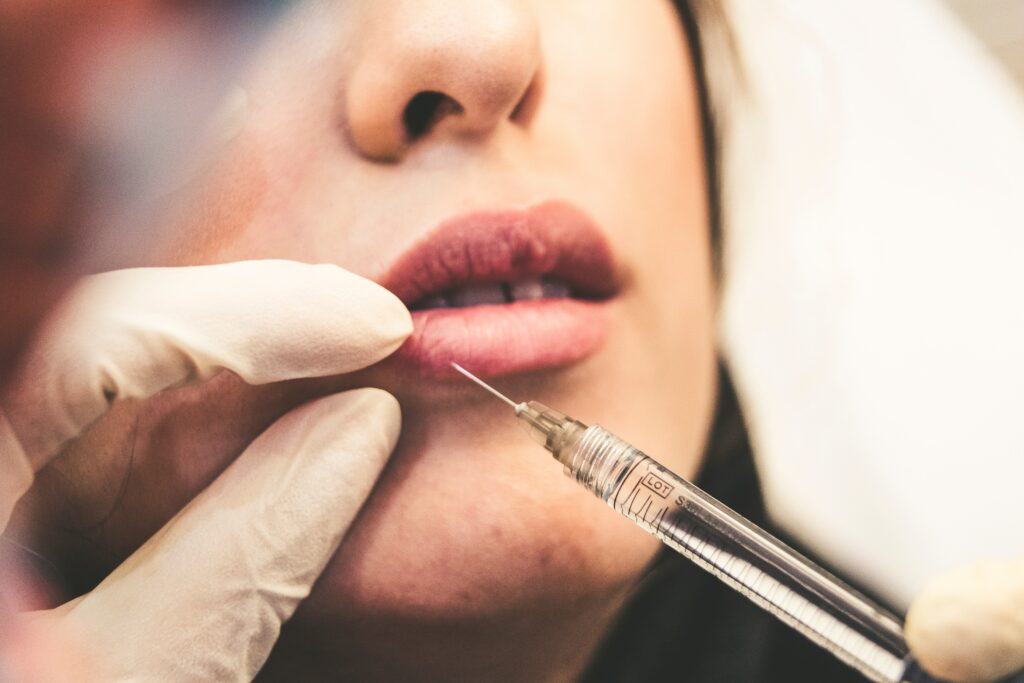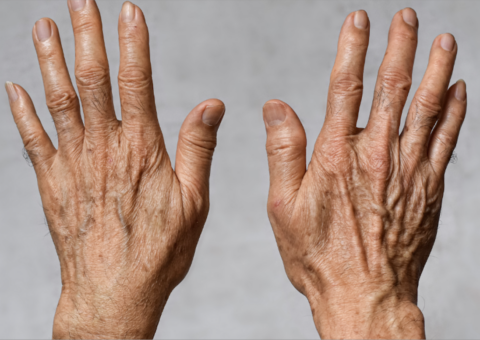
TRUE STORY:
More than 1 million men and women in the U.S annually choose to have Dermal Fillers injected into their skins, as a cost-effective way to look younger without surgery or downtime!
Sounds like a win-win, doesn’t it?.
If you’re still on the fence, or just curious about dermal fillers…then this one is for you! Dr. Jemma, our aesthetic GP, takes us through the basics of one of the most commonly performed aesthetic treatments.
![]() Firstly, what are Dermal Fillers?
Firstly, what are Dermal Fillers?

A Dermal Filler is a gel-like substance which is injected into the subcutaneous tissues of the face. It is composed of hyaluronic acid, a naturally occurring substance which is found mainly in the joints and skin. Hyaluronic Acid (HA) is responsible for helping cells to retain moisture. They’re great for restoring lost volume, smoothing out lines, softening creases and can enhance facial contours too!
Note: there are also other types of fillers on the market which contain Calcium Hydroxylapatite and Poly-L-Lactic Acid, although they are not as commonly used. For today’s guide, we will only be discussing HA Fillers:
![]() How can fillers improve my appearance?
How can fillers improve my appearance?
Block your ears, close your eyes or even sing a melody over what we’re about to say:
Sadly, as we age, the fat pads in our faces atrophy (shrink), and our facial bones are re-absorbed which causes the skin to sag. Additionally, from about the age of 20 (believe it or not!), the production of collagen and elastin decline rapidly.
So if you’re thinking that it’s all down-hill from here, Dr. Jemma brings us the good news around about…NOW:

Fillers can be injected into these fat pads to restore the volume lost (yes, please!), and be used to define features, contour, project and lift tissues or smooth junctions.
Fillers can be injected into many different areas to treat many concerns:
Typically, HA Fillers are used in the temples, forehead, cheeks and lips to restore lost volume and improve the contour or structure of the face. However, they can also be used in the jawline and chin area to improve definition and one’s side profile. When injected very superficially into the skin, fillers can improve and treat surface wrinkles, and in turn hydrate and improve the skin texture.
In older patients, fillers can improve certain ‘emotional’ aspects of the face (e.g. to help someone look less tired or saggy). In the younger patients age group, they are used for beautification purposes.
![]() How long do fillers last?
How long do fillers last?

Generally speaking, HA Fillers last for about 6 – 18 months, however it varies depending on the type of product used, multiple patient factors such as an individual’s rate of metabolism (breakdown) of the substance, and the area into which they are injected.
There are specific products designed for different areas of the face: product applied to the lips will last for a shorter duration than product applied to the cheeks, as areas with more movement tend to work out the product faster. And, of course, different types of hyaluronic acid filler last longer than others – thicker fillers (used in the cheeks for example) last longer than those that are of thinner consistencies (used for surface wrinkles).
![]() Do fillers have side effects and complications?
Do fillers have side effects and complications?

Yes, as with any medical treatment there can be side effects:
Immediate, transient, and normal side effects often include bruising, swelling, tenderness and redness. It is important to avoid anti-inflammatory meds & vitamin E, C and Omega supplementation for 2 weeks prior to your treatment, as these nutrients can contribute to increased swelling and bruising. Additionally, its advised to avoid alcohol for 48 hours post-treatment.
A rare, but serious side-effect of treatment can be the intravascular injection into an artery. When this occurs, the vessel is occluded with filler and the skin is unable to receive blood flow and oxygen. If left untreated, the skin will change colour and eventually lead to tissue necrosis (tissue death). Under safe medical supervision, it should be picked up early and then can be reversed using hyaluronidase (an enzyme which dissolves filler almost immediately to restore blood flow to the skin).
Secondly, fillers can also get infected. It’s very important to never have fillers injected if you have had dental work in the last 4 weeks, or if you have an infection anywhere in your body (especially in the sinus area).
Note to self: don’t plan any dental work for a month before and after your treatment.
![]() Are fillers painful?
Are fillers painful?

Filler treatments are well tolerated with mild discomfort during administration. The filler itself contains a local anaesthetic, called lidocaine, which helps alleviate pain during and after the treatment. Your doctor can also apply medical grade numbing cream or ice packs before your treatment.
As always: Make sure to consult an experienced and trained injector for your treatment.
If you’ve decided to take the leap and start your filler journey, then contact TASH360 today to make an appointment.








